A very important part of any trip around the world for me is discovering new foods and people, and getting a glimpse of local traditions. My family discuss the country, what they eat, how they eat. Who their neighbours are, where is the country, what continent. It's a great way to discover the world, even though we don't really go there.
As San Marino is situated in Italy, surrounded by the regions Emilia Romagna and Marche, the food is very similar to Italian food of those regions.
This is what I made:
Erbazzone
Piadina or Piada
Stracciatella
Bolognese Ragu
Nidi di Rondine
Passatelli
Fagioli con le cotiche-Bean and Pork Rind Soup
Pasta e ceci-A Chickpea and Noodle Soup
Pasta and Bean Soup
Apple and Fig Polenta Torta-Bustrengo
Ciambella
Torta tre Monti
Zuppa di Ciliegie
If the recipe is not below, just click on the name of the recipe that you want and it will take you to the recipe page.
Here is how I made it:
4 eggs
1/3 cup grated Parmesan cheese
1 tablespoon chopped parsley
1/2 teaspoon salt
2 cups baby spinach
Bring chicken stock to a simmer in a medium-size saucepan.
Whisk together the eggs, Parmesan, parsley, and salt. Slowly pour the egg mixture into the stock while stirring. Continue to stir until the eggs are set, about 1 minute. Add baby spinach and stir to wilt. Serve immediately.
Here is how I made it:
2 tablespoon olive oil
100g butter
2 medium onions, finely diced
2 large carrots, finely diced
2 stalks celery, finely diced
200g pancetta, diced
500g beef mince
500g pork mince
400ml red wine
4 tablespoons tomato paste
4 cups (1 litre) chicken stock
1 sprig rosemary
1/2 teaspoon dried oregano
1 teaspoon dried thyme
TO SERVE
500g tagliatelle
parmesan cheese, grated
Heat olive oil and butter in a large pan over medium heat. Add onion, carrot, celery, and pancetta. Cook for around 10 minutes until the onions start to look translucent.
Add the minced meats and brown all over, ensure the meat is fully broken up and no large chunks remain.
Add salt and pepper to taste. Increase the heat, add the wine, and allow to evaporate for around 2-3 minutes.
In a large jug, dilute the tomato puree into the chicken stock and add to the pan, stir well. Add the rosemary, oregano and thyme.
Reduce to a low heat, then cover and simmer for 2 hours. Check from time to time to ensure the sauce is not drying out. If this occurs, add a small amount of stock.
Cook desired pasta and toss in the bolognese. Top with parmesan cheese and serve.
Recipe with a video can be found here: ricette.giallozafferano.it/Nidi-di-rondine.html the video is in Italian, but it's great to watch it.
Here is the recipe:
For the pasta:
200g 00 flour
2 eggs, at room temperature
For the Bechamel:
550g full cream milk
40g 00 flour
50g butter
pinch of salt, to taste
pinch of grated nutmeg, to taste
For the filling:
150g button mushrooms
140g sliced ham
140g emmentaler cheese
50g grated parmesan cheese
Make the pasta: In a bowl or on your bench, add the flour, keep some of the flour aside as you may not need it all. Add the eggs. Start by mixing with a fork, then continue with your hands, when a dough is starting to form, continue to knead well until the dough is smooth and homogeneous, add the flour you set aside as needed. Wrap the ball in cling film and let it rest at room temperature for 30 minutes.
In the meantime, make the bechamel: In a saucepan, heat 500g of milk and grate in the nutmeg. In another saucepan, melt the butter and when it is melted add the flour and mix with a whisk, cooking for a couple of minutes, you will get the thickening base called roux. Add in the hot milk and whisk until the sauce has reached a boil and has thickened. Transfer everything to a clean bowl and cover with cling film, the cling film needs to touch the surface of the bechamel, and let it cool to room temperature.
Prepare your filling: start by cleaning mushrooms. First remove the stem, then with a brush scrape all the soil present, and finally slice thinly.
Back the dough: roll it out with a rolling pin on a lightly floured bench, you will have to obtain a rectangle of 50cm x 30cm with a thickness of about 1-2mm, trim edges, if needed. Transfer the dough to a sheet of baking paper.
On the pasta sheet, distribute 2-3 generous spoonfuls of béchamel spreading it carefully over the entire surface and leaving a couple of centimetres from the edges. Then start filling, arrange the slices of ham, mushrooms and sprinkle with grated Parmesan (keeping a little aside) together with a pinch of salt. Finally, lay the sliced Emmentaler. Wet the edges with a little water, so as to make them sticky and finally roll the dough with the help of baking paper.
Wrap the roll in the paper and place it on a tray, placing everything in the freezer for about 20 minutes. This procedure is essential to keep the shape perfectly when cut.
Meanwhile, pour a few more spoonfuls of béchamel into a 30cm x 20cm oven proof dish and carefully distribute over the entire surface.
Now dilute the remaining béchamel with the remaining 50g of milk, so as to make it much softer and keep it aside: it will be used to later. Once the dough is form, take the roll back and slice it obtaining 20 scrolls, each about 2cm thick. Then arrange the scrolls in the dish, by laying them one on top of the other, slightly overlapping and tilted.
Sprinkle the surface with the diluted béchamel, sprinkle with the remaining Parmesan and bake in a preheated oven at 180°C/160°C for about 40 minutes. Your swallow's nests are ready to be served and enjoyed.
In the picture you can see noodles, I added them as I had more soup than suggested in the recipe.
Here is how I made it:
100g dried breadcrumbs
3 eggs
Zest of 1 lemon
1 1/2 litres chicken or beef soup
Place the bread crumbs, parmesan and the lemon zest in a large mixing bowl. Add the eggs and carefully mix together with your hands until it forms a soft dough-like consistency. The mixture should be like a wet dough, barely holding together.
If it seems too stiff, add 1 tablespoon water or stock. If it’s too soft, add more breadcrumbs and Parmesan.
Allow the dough to rest for approximately 20 minutes in a cool place.
Once ready, put the dough in a ricer. Press to create short noodles (like little worms).
Bring the soup to a boil and add the pasta. Once the passatelli have risen to the surface, they are ready to eat.
Serve immediately.
Here is how I made it:
1 potato, peeled
2 bay leaves
75-100g pancetta or speck
2 cloves garlic, peeled
salt flakes
3 tablespoons extra virgin olive oil
1 celery stick, diced
1-2 sprigs rosemary
1 small piece parmigiano or pecorino rind
2 x 400g tins crushed tomatoes
500ml chicken or vegetable stock
chilli oil or freshly ground black pepper
200g broken up dried egg pappardelle
freshly grated parmesan, to serve
Soak the dried borlotti beans in water overnight, changing the water once or twice. Drain.
Place the beans, potato, bay leaves, pancetta and 1 clove garlic in a large saucepan of water, bring to a simmer and cook for 1–1½ hours or until the beans are tender and cooked through. Season with salt.
Transfer the potato, garlic, one-third of the beans and a few tablespoons of the stewing liquid to a food processor and blend until smooth. Return the pureed mixture to the pan.
Heat the olive oil in a medium saucepan over medium heat, add the celery and cook for 2 minutes. Stir in the rosemary and remaining garlic clove and cook for 1 minute or until fragrant. Add the cheese rind and crushed tomatoes and simmer over low–medium heat for 20 minutes or until reduced slightly. Season with salt.
Add the tomato sauce to the bean mixture, then add the stock and more salt if needed. Bring to the boil. Drop the pasta straight into the soup and boil until cooked. The starch in the pasta will make the soup deliciously thick.
Serve piping hot, finished with a drizzle of chilli oil or a grinding of pepper, and a handful of grated parmesan.
Note: taste the pancetta, if you like it after it's cooked, dice it up and add it back into the sauce with the tomato sauce.
Here is how I made it:
150g yellow polenta
150g plain flour
150g dried breadcrumbs
100g caster sugar
15g salt
7g ground cinnamon
3 large eggs beaten
60ml olive oil
60ml honey
500ml whole milk
225g dried figs woody stems removed and chopped,reserve a few for topping
115g raisins, reserve a few for topping
2 large apples peeled, cored, and diced
zest of 2 oranges
zest of 2 lemons
Grease and dust with flour a 25cm springform pan and set aside. Chop apples and figs and set them aside.
Preheat the oven to 175C/155C fan forced.
In a mixing bowl, whisk together all dry ingredients (polenta, flour, breadcrumbs, sugar, salt, and cinnamon).
In a separate bowl, mix the milk, eggs, oil, and honey. Add the wet mixture to the dry and stir to form a smooth batter. The batter is quite prone to create lumps, so keep stirring with a whisk until you have a smooth mixture.
Finally, stir in the sliced figs, raisins (reserving a small amount of figs and raisins for topping), chopped apples, orange and lemon zests. Combine well. Pour into prepared pan, and then top with fig reserved slices, being careful not to push them into the batter. Sprinkle with reserved raisins.
Bake for 50-60 minutes, or until browned and set. Let cool for 30 minutes. Run a knife around the edge of the pan, and loosen. Remove cake to a serving platter and sprinkle generously with powdered sugar right before serving.
Here is how I made it:
2 1/2 teaspoons Croatian Rum
2 1/2 teaspoons vanilla extract
600g ground hazelnuts
200g dark chocolate, melted Old Gold brand
5 large rectangle wafers (round wafers if making it traditional to San Marino)
plus extra melted chocolate for the sides
In a bowl add the sweetened condensed milk, rum, vanilla, hazelnuts and melted chocolate, mix to combine well.
Now working quickly, evenly distribute this mix onto 4 of the wafers. Spread it out quickly and evenly, place one of the chocolate coated wafers onto a board, and place the other chocolate coated wafers one on top of the other, finishing with the 5th wafer that does not have any chocolate mix on it. Press down. Place another board on top and add some weights onto it, like tins of tomatoes. This will help the layers all stick together. Refrigerate for 3-4 days. Now in San Marino you would cover the rim of the cake with the extra melted dark chocolate, but I prefer to slice it up into 'biscuits'. You could still dip one edge if you like in the melted dark chocolate.
Here is the recipe:
800g fresh cherries, pitted
100g caster sugar
60g unsalted butter
375ml red wine
1 tablespoon cornflour
1 tablespoon cherry liqueur, I used a Croatian one
1 teaspoon ground cinnamon, to taste
Melt the butter in a large frying pan, over low-medium heat, add the cherries and sugar. Stir for 5 minutes.
Meanwhile, in a medium sized saucepan, over a low heat, add the wine and cinnamon.
Put the cherries and any sauce from the pan into the saucepan with the wine. Simmer over a low heat for 15 minutes.
Remove the cherries from the liquid, and place in a serving dish. In a small bowl whisk together the cornflour and cherry liqueur, add it to the cherry sauce, whisk for 3 minutes or until your sauce has thickened. Pour over your cherries.
Serve warm or at room temperature over vanilla ice cream.
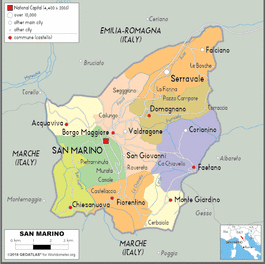
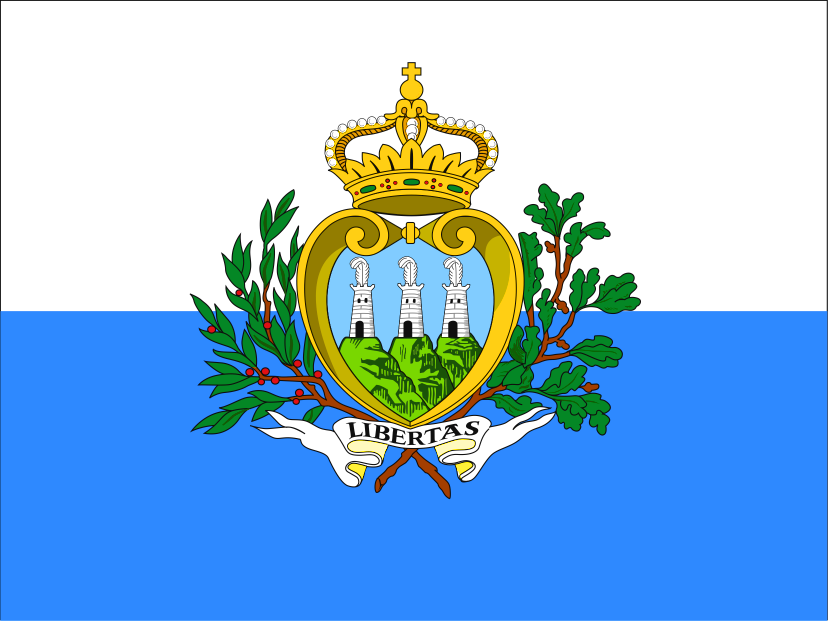
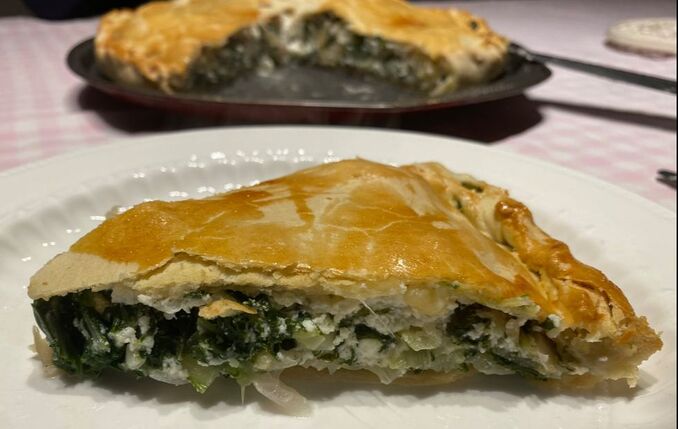
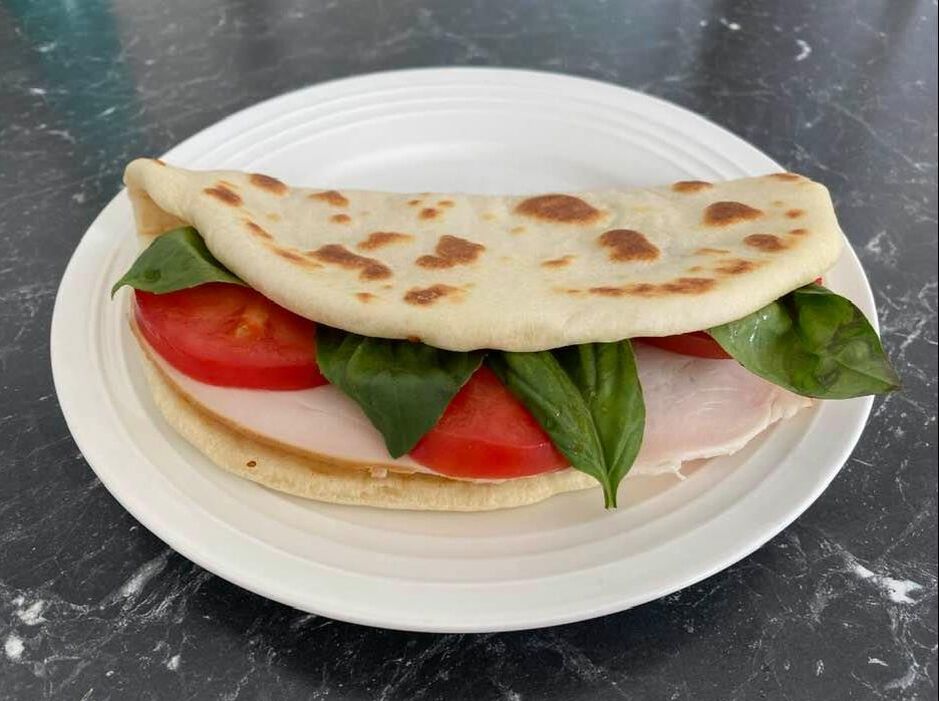
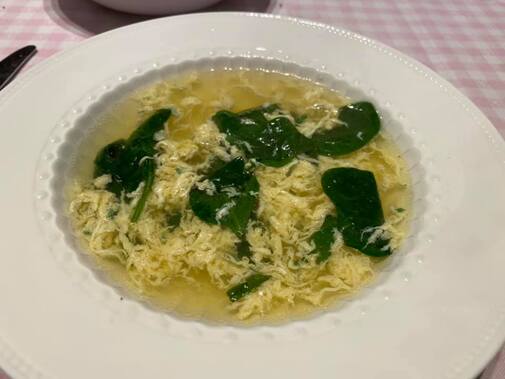
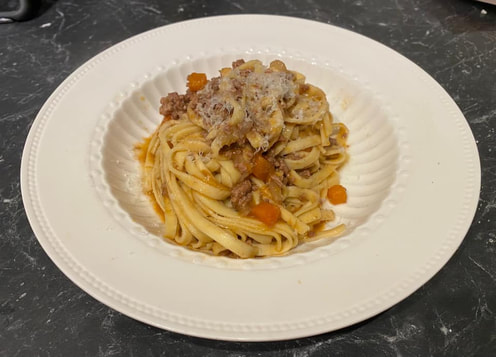
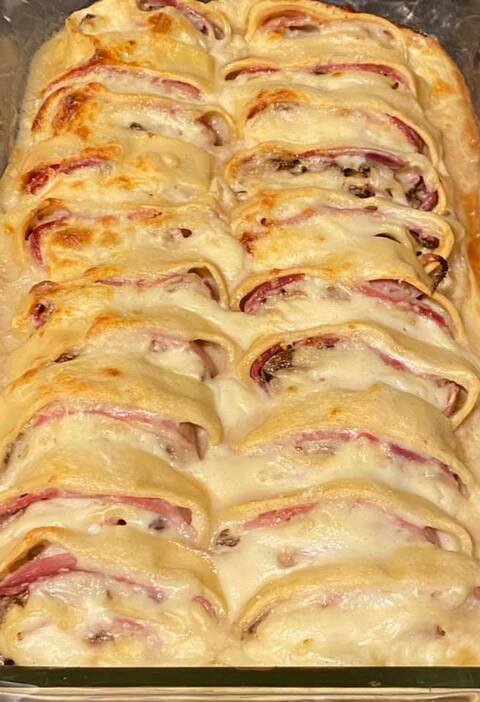
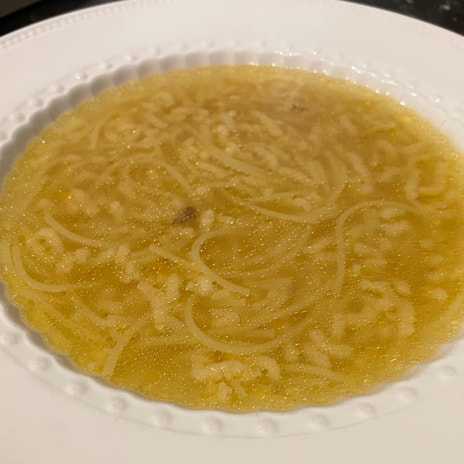
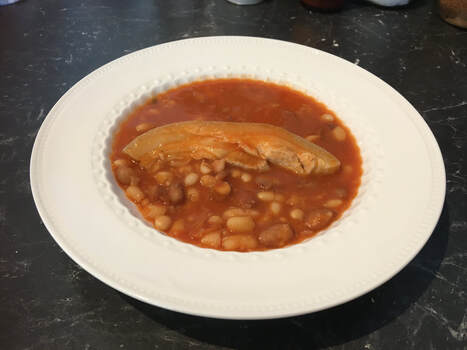
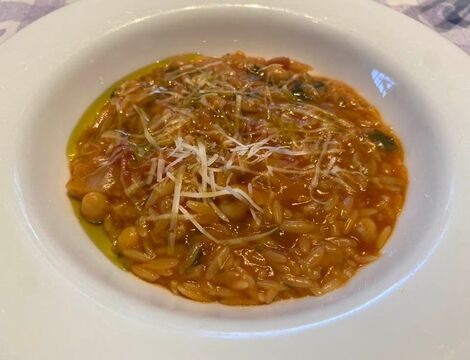
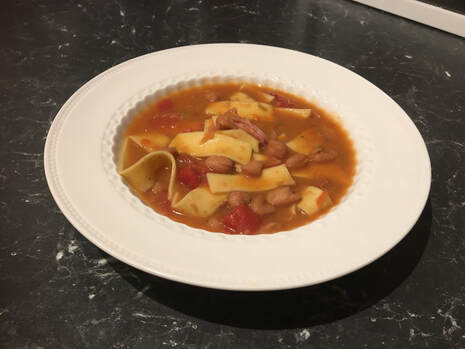
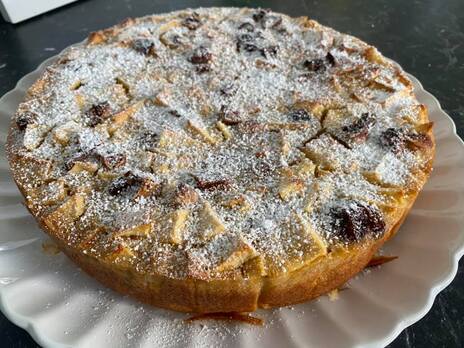
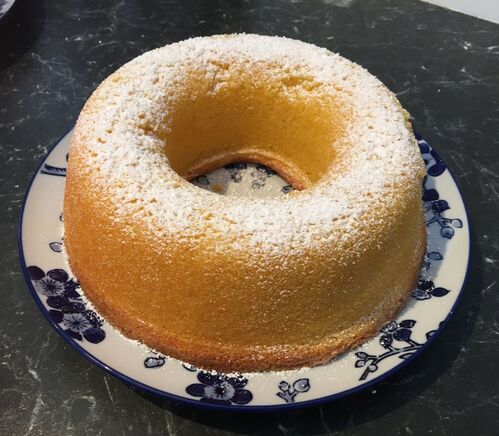

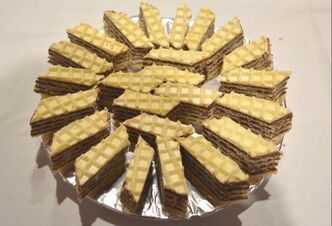
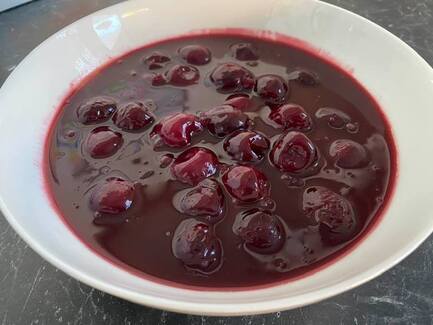
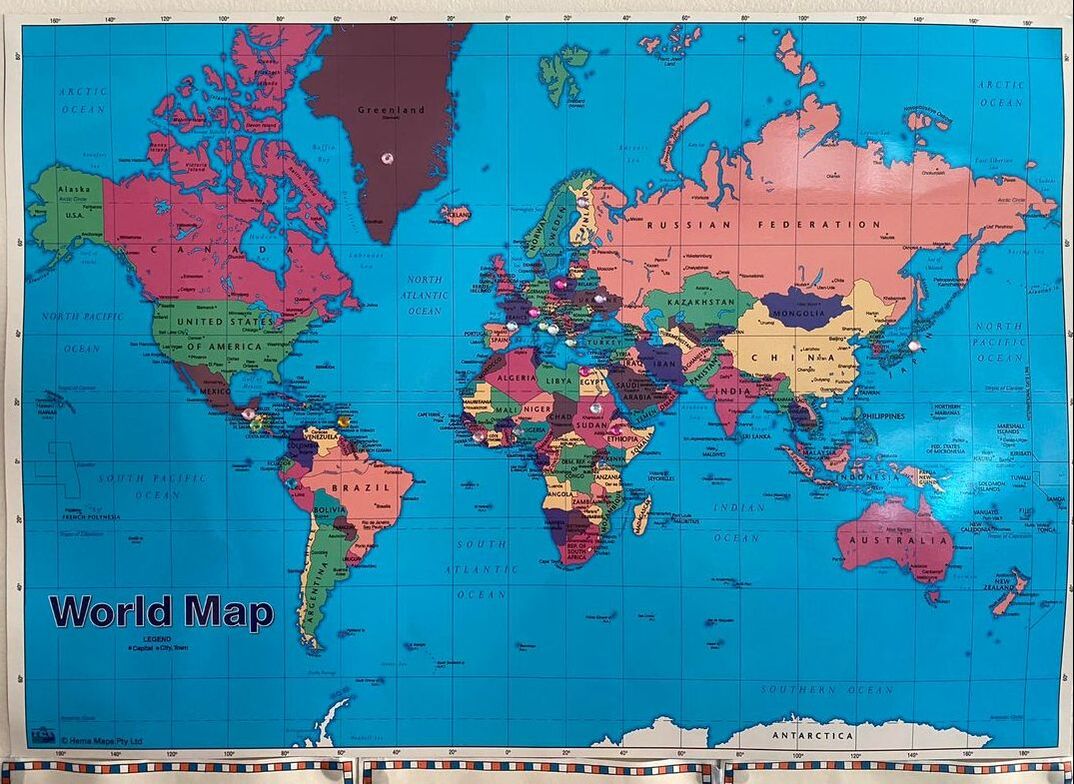
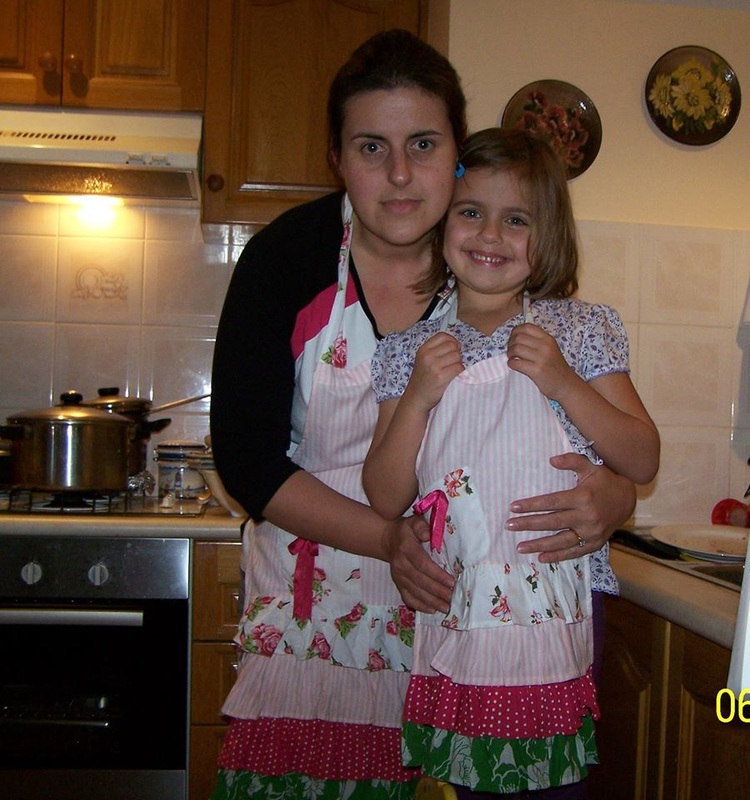
 RSS Feed
RSS Feed